
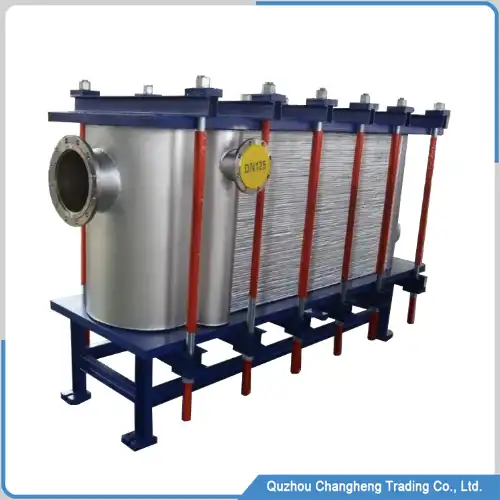
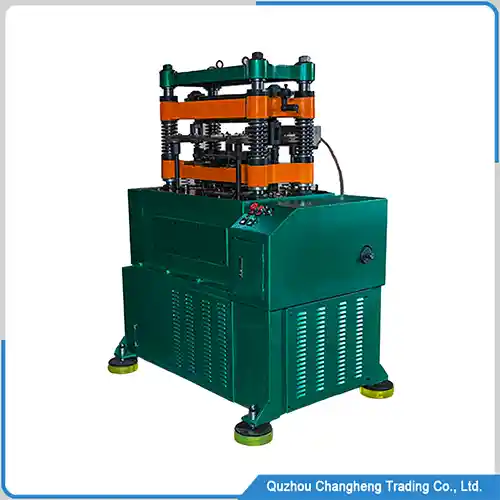
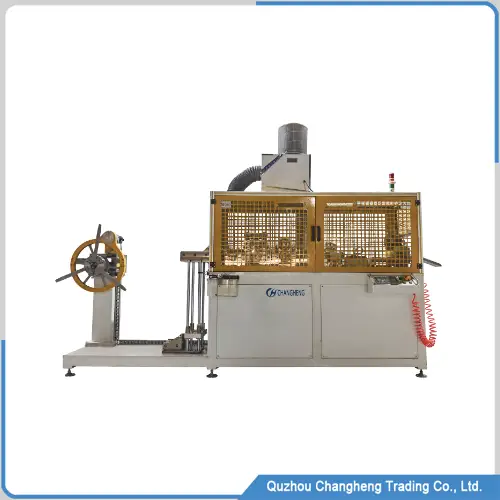
Product Introduction
This shell tube heat exchanger is one of the most popular industrial products, widely used in modern industrial fields. Its main structure is a circular shell with many small bundle tubes installed inside, with disconnected channels.
The cold medium flows through the shell’s interior, and the hot medium flows through the interior of the small tubes, and then the heat is exchange.
Its manufacturing technology has been dramatically improved to improve heat exchange efficiency. Fins are installed on the outer side of the small beam tube to increase the heat dissipation area,
and the internal vortex channel of the beam tube is uses to improve the resistance of medium flow.
With the continuous advancement of industrial technology and the automation application of manufacturing processes, the quality of heat exchangers has significantly improved, and prices are showing a downward trend.
Shell tube heat exchanger quick details
- Shell diameter: according to customer requirements
- Bundle tube type: vortex tube, straight tube, inner fin tube, optional
- Bundle tube materials: copper, stainless steel, aluminum, titanium, optional
- Beam tube geometry: triangle
- Channel types: convection, cross flow, direct flow, etc
- Connection: flange docking
- Maximum pressure: 35mpa
- Operating temperature: -30℃ to +150℃
- Heat transfer efficiency: Follow the design
Shell tube heat exchanger part list
Bundle tube
The bundle tube is a crucial component in heat exchanger applications. It is usually made of copper, stainless steel, titanium alloy, etc. In some particular industries, Hastelloy alloy is required.
The bundle tubes include smooth straight tubes, threaded tubes, and tubes with fins welded on the outside.
Shell tube
This is a typical metal tube. Some heat exchangers, which use stainless steel shells, are uses in the food and medical industries. Their relatively thick wall thickness allows the heat exchanger to withstand much pressure during everyday use.
Baffle plate
There are many holes in this section, and each hole has a bundle tube installed and welded. Another function is to isolate the liquid inside the shell, allowing the bundle tubes and shell to maintain independent channels.
Installation bracket
This bracket, welded to the shell, is uses to install and fix a complete shell Tube heat exchanger on site. Its shape and design are customize horizontally or vertically according to customer requirements.
Connecting mouth
This flange design connects and fixes pipelines quickly with the user’s factory without leakage. It usually adopts strict manufacturing standards, and the other side of the flange is welding to the shell.
Shell tube heat exchanger Features
1. Using special metal materials, it can meet the strict requirements of any industry, such as the biological, food, and medical industries.
2. Due to the natural advantage of the shell structure, it can withstand enormous working pressure.
3. The shell and baffle are design separately, allowing users to remove screws and clean the dirt inside the shell heat exchanger.
4. Almost zero cost during use, one-time purchase for lifelong use

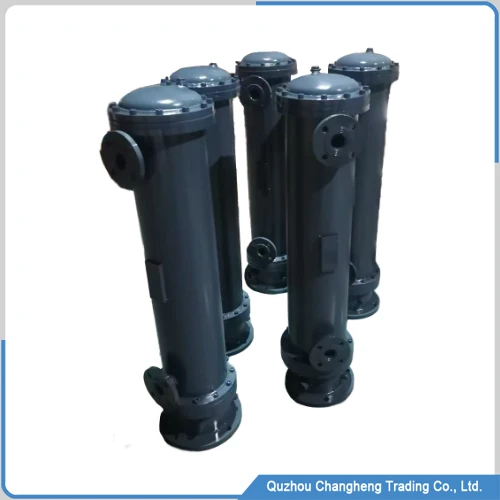
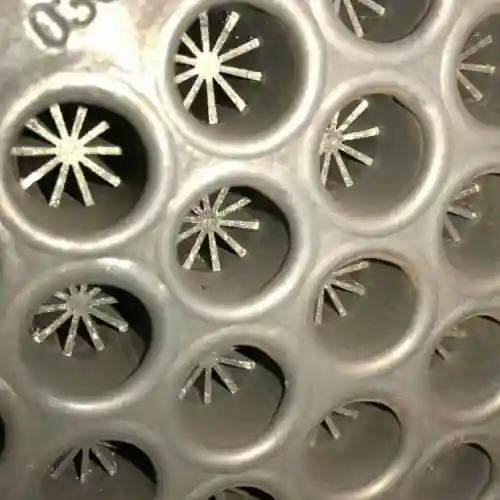
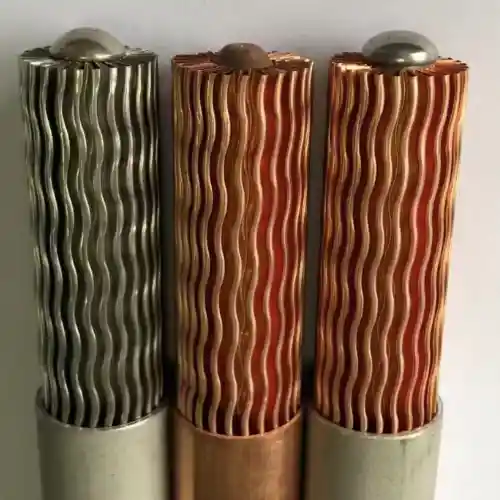









 WECHAT
WECHAT